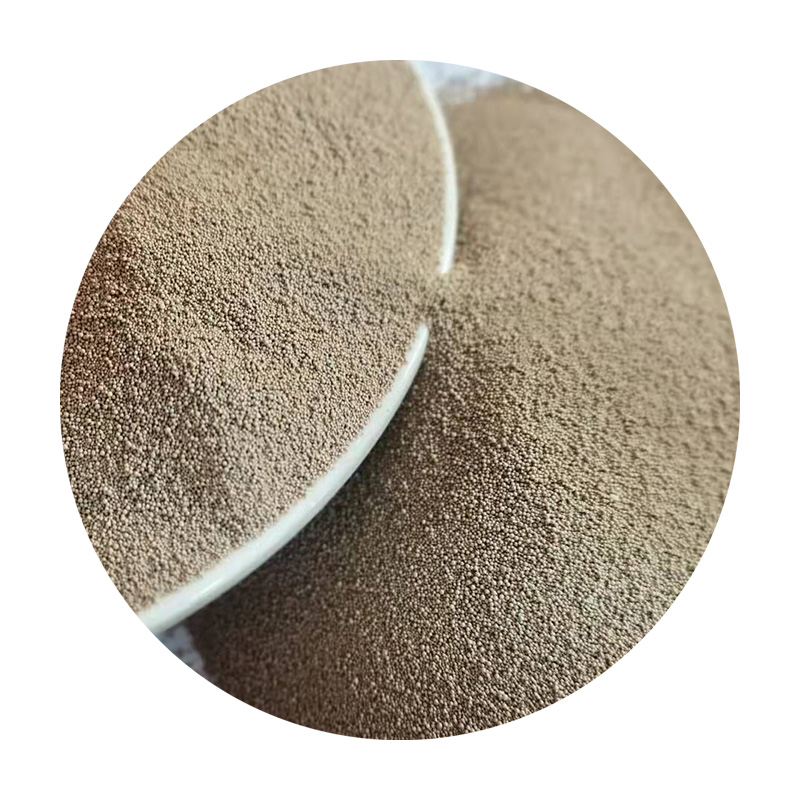The Importance of Sanding Resin 3D Prints A Comprehensive Guide
In the rapidly evolving world of 3D printing, resin printing has emerged as a popular choice for creating high-detail models and prototypes. However, while resin prints offer exceptional resolution and surface quality, they often require post-processing to achieve the desired finish. One of the most effective methods in this post-processing stage is sanding. This article will explore the significance of sanding resin 3D prints, the techniques involved, and tips for achieving the best results.
Understanding Resin Prints
Resin printing involves the use of photopolymer resins that harden when exposed to UV light. This technology allows for the creation of intricate designs with fine details. However, the printing process can also leave behind layer lines, visible supports, and an overall rough texture. While these imperfections may not be noticeable in some applications, they can detract from the visual appeal and functionality of the finished product, especially in models intended for display or precision parts.
Why Sanding is Essential
Sanding serves several vital purposes in improving the quality of resin prints. Firstly, it helps remove the rough surfaces and layer lines that can be prominent in printed models. By smoothing these imperfections, sanding enhances the aesthetic appeal of the print, making it look more professional.
Secondly, sanding is crucial for preparing the surface for painting or finishing. A smooth surface allows for better adhesion of paints and coatings, leading to a more uniform and attractive finish. This is particularly important for hobbyists and professionals looking to achieve a polished and realistic look in their projects.
Lastly, sanding can help achieve the desired fit and tolerance for functional parts. By carefully sanding specific areas, users can adjust dimensions to ensure proper assembly and functionality, which is especially important in engineering and mechanical applications.
Techniques and Tools for Sanding
When it comes to sanding resin prints, the right techniques and tools can significantly influence the outcome. Here are some essential methods
1. Sanding Blocks and Files For larger flat surfaces, sanding blocks can provide even pressure and surface contact, leading to a more uniform finish. Files are useful for detailed areas where precision is required.
sanding resin 3d prints

2. Sandpaper Grits Start with coarser grits (e.g., 100-220) to remove larger imperfections before moving to finer grits (e.g., 400-800) for a smoother finish. This gradual progression ensures that you don't over-sand and damage the print.
3. Wet Sanding This technique involves using water with sandpaper. Wet sanding minimizes dust and helps prevent the sandpaper from clogging, resulting in a smoother finish. It is particularly effective for achieving a polished appearance.
4. Power Tools For larger prints or more demanding projects, power tools like rotary sanders can save time. However, caution is required to avoid removing too much material or damaging the print due to their high speeds.
Tips for Effective Sanding
To maximize the effectiveness of your sanding process, consider the following tips
- Take Your Time Sanding is often a laborious task but rushing can lead to mistakes or damage. Allocate sufficient time for the process to achieve the best results.
- Use a Light Touch Applying excessive pressure can easily deform or alter the shape of your print. Let the sandpaper do the work, using light, even strokes.
- Regularly Inspect Your Progress Periodically check your work to avoid over-sanding. This can be done by wiping the surface clean to inspect the smoothness.
- Wear Protective Gear Sanding can produce fine dust particles, which may be harmful if inhaled. Always wear a respirator and goggles to protect yourself during the process.
Conclusion
Sanding resin 3D prints is an essential step in the post-processing phase that can drastically enhance the quality, appearance, and functionality of your models. By investing time and effort into sanding techniques, hobbyists and professionals alike can achieve stunning results, bringing their designs to life in a way that reflects their vision and craftsmanship. Whether you are a novice starting your journey in 3D printing or an experienced user, mastering the art of sanding can set your work apart in this burgeoning field.
Post time:ನವೆಂ . 20, 2024 04:05
Next:sand printing casting
